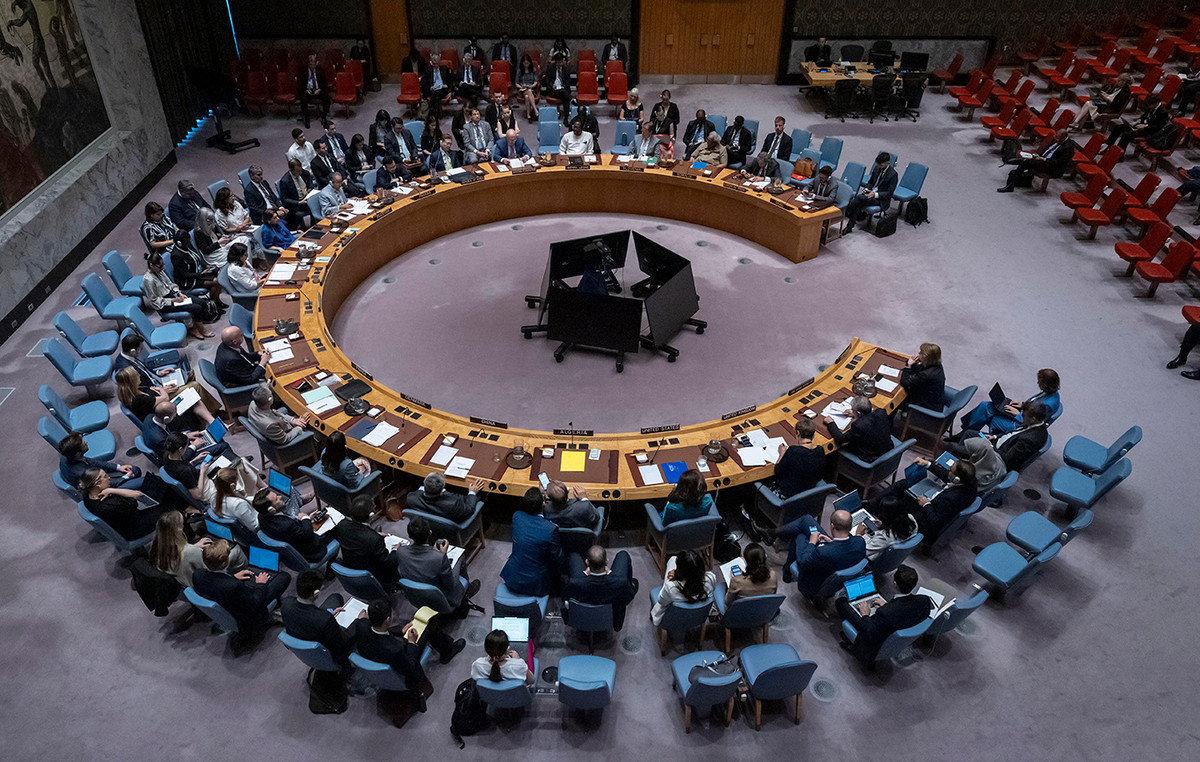The inauguration of Aloizio Mercadante at the National Bank for Economic and Social Development, last Monday (06), was marked by criticism of the reduction in the granting of credit by the development bank and by the promise that the public company will recover the role of driver of Brazil’s growth.
A survey by the Capital Market Studies Center of the Economic Research Institute Foundation (Cemec/Fipe) shows that, in fact, there has been a reduction in disbursements in recent years. However, the private sector not only occupied the vacuum left by the shrinkage of the BNDES, but also surpassed the credits granted by the bank in PT governments.
When we look at fundraising in the capital market (chart below), it is possible to notice that financial sector instruments (red line) surpassed the BNDES level (blue line) in times of higher reimbursements.
This trend began to be observed from 2016, when the volume of medium and long-term debt issues to the market exceeded the contributions granted by the development bank. Between 2018 and 2019, the volume of fundraising in the private sector even surpassed BNDES disbursements during the Dilma government, a management marked by the bank’s large participation in the country’s economy.

According to Cemec/Fipe coordinator Carlos Rocco, the development of corporate financing functionality has been fundamental in this evolution, with greater quality and guarantee of operations. Among the changes are Open Finance and credit fintechs, in addition to the expectation for the arrival of electronic duplicates.
The result of this equation is a reduction in default and bank spread. Rocco points out, however, that the BNDES plays a central role in serving small companies that cannot access the private market.
The chief economist at Banco BV goes along the same lines. In an interview with CNN Money, Roberto Padovani highlighted the role of public funding in moments of greater risk.
“In moments of tension, the access of micro-enterprises to the banking market is more complicated. I think that the role of the BNDES is exactly like what we saw in programs during the pandemic. Pronampe, for example, was quite successful. The BNDES does, in fact, have a role, but it is a localized role. The focus must be on micro and small companies and not on creating national champions as it was in the past.”
The Fipe survey also shows how large companies have lost ground to small and medium-sized ones in the allocation of BNDES resources in recent years.
In 2010, for example, large companies (yellow) received more than 70% of public bank credits. The medium ones (grey), 8.1% and the small ones (orange), 6.1%. Ten years later, large companies came to represent 47.5% of BNDES contributions. The medium jumped to 26.1% and the small to 17.5%.

Source: CNN Brasil
I am an experienced journalist, writer, and editor with a passion for finance and business news. I have been working in the journalism field for over 6 years, covering a variety of topics from finance to technology. As an author at World Stock Market, I specialize in finance business-related topics.







